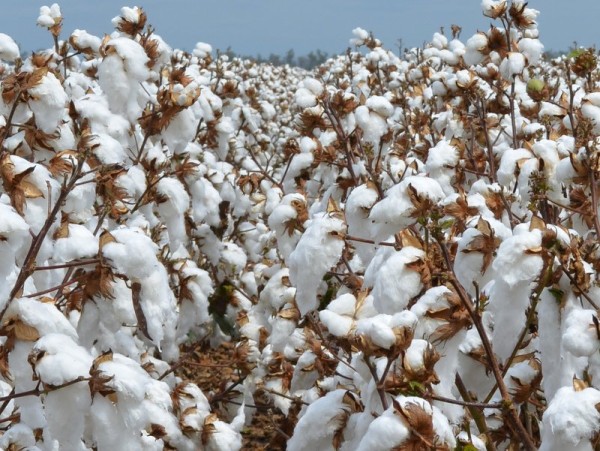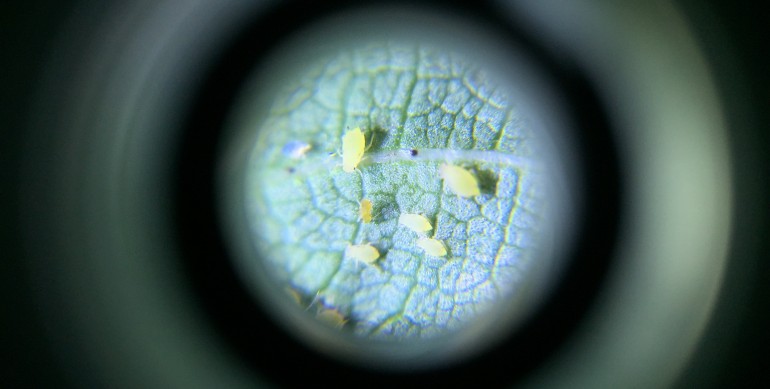While not a common pest in Soybeans on the Darling Downs, the Legume Webspinner (Lamprosema abstitalis) is intermittently present in Soybean growing areas and is capable of impacting yield through defoliation. Treatment thresholds are based on the prevalence of defoliation and the crop's growing stage. If the crop has not yet begun to flower 33-40% of leaves must be defoliated to reach threshold while during early pod fill the threshold is lower at 15-20%.
The video above was shot out in the field near Norwin in March 2016. I apologise for the vibration and noise. Next time, I will turn the ute off before taking the video. Initially I found large numbers of the Legume Webspinner but on subsequent checks their numbers reduced dramatically. Only minor levels of defoliation occurred while pod fill was occurring so I do not believe they impacted yield. There were only minor levels during this time of other pests such as Helicoverpa and Loopers.
People might find the following links useful in regard to Legume Webspinner:
DAF - Legume webspinner or bean leafroller
GRDC - Legume Webspinner (North)
Soybeans growing guide for Queensland
IPM Guidelines - northern region
Written by
Robert Boulton


